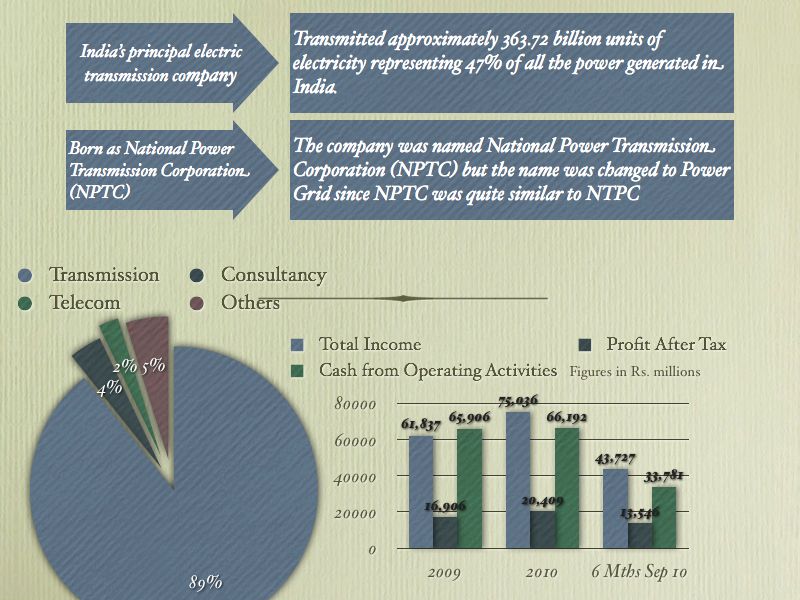As part of our investing for beginners series we looked at volatility last week, so I thought I’d take this week to look at debt instruments and more specifically – the different type of taxes that a debt instrument may attract, so when a new debt offer comes you know what questions to ask with respect to tax.
Very briefly, these are the questions about tax you should ask:
- Do I get a reduction in my taxable income in the Rs. 1 lakh limit?
- Do I get any additional reduction in my taxable income over and above the Rs. 1 lakh?
- Is the interest income tax free?
- Will TDS be deducted from the interest income of this instrument?
- Even if TDS is not deducted – will I have to pay tax on the interest earned from this debt instrument?
- If I sell this on listing and earn a profit will I have to pay capital gains tax on this?
- What is the tax that I pay on the maturity of this instrument?
Tax implications of different debt instruments.
Do I get a reduction in my taxable income in the Rs. 1 lakh limit (Section 80c)?
When it comes to taxes – one of the first questions on everyone’s mind is if this instrument is eligible under the 1 lakh limit. So, you need to check that first – will investing in this debt instrument make you eligible for reducing your taxable income under Section 80C or the 1 lakh limit.
An example of this is tax saving fixed deposits that make you eligible for deduction under this section with a cap of Rs. 1 lakh.
Do I get any additional reduction in my taxable income over and above the Rs. 1 lakh (Section 80CCF)?
The recent infrastructure bonds reduced your tax liability by reducing your taxable income over and above the 1 lakh limit mentioned in the earlier point.
What this means is if you invest in the bonds – your taxable income will be reduced by a maximum of that much amount with a cap of Rs. 20,000, and consequently the tax you pay will get reduced.
Is the interest income tax free?
Bond issuers will give you an option of getting interest paid semi-annually, annually or at any other interval. Since this is your income this will be added to your income and you will have to pay tax on this. Unless otherwise stated, the interest is taxable.
I don’t think there is any instrument currently offered that pays you tax free interest.
Will there be TDS on the interest income of this instrument?
Some instruments will have interest payments on which tax will be deducted at source, whereas others will pay you the full sum, and then you’ll have to declare your interest income at the time of filing returns.
Most fixed deposits with banks will attract TDS if you reach a certain level.
Even if TDS is not deducted – will I have to pay tax on the interest earned from this debt instrument?
This ties back the last point where someone may say that there is no TDS on this particular instrument, but then you need to ask if the interest is still taxable or not.
A debt instrument that is issued in dematerialized format and listed on a stock exchange doesn’t get tax deducted on source on it, but that doesn’t mean that there is no tax on it – just that there will be no TDS on it. You will still need to add this interest income to your other income and pay the tax. The SBI retail bonds are an example of this.
If I sell this on listing and earn a profit will I have to pay capital gains tax on this?
You are seeing bonds that list on the stock exchange, and there may be a situation when these bonds list at a premium, and if you sell them at that time you will have to pay capital gains tax. So, if you bought the SBI retail bonds which then list at a premium and you decide to sell them then you will have to pay tax on capital gains at the applicable rates.
What is the tax that I pay on the maturity of this instrument?
Some instruments reinvest the interest and then pay a lump-sum at the end of the maturity period. So the question is whether this lump-sum will be taxable at the end of the period or not.
The Public Provident Fund (PPF) is an example of a product where the sum you get at maturity is not taxable whereas the National Savings Certificate (NSC) is an example of a product where the sum received at the end of the term is in fact taxable.
How can I know if a particular instrument offers a tax benefit or not?
Look outside your window, and if you don’t see the issuer shouting a particular benefit at the top of their lungs – that benefit is not available in that instrument.
So if a issuer says you will get 80C benefits but is silent about TDS then in all likelihood you will have to pay TDS.
Keep these points in mind when evaluating the tax benefits of any debt instrument, and you will be better equipped to take a final decision on whether the instrument suits you or not.

